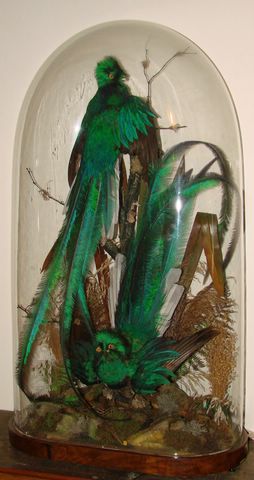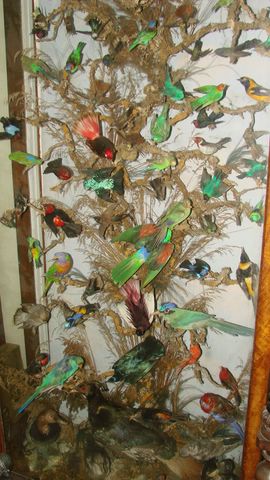 Large case of exotic birds.
Large case of exotic birds.
As early as 1912, National Audubon Society had seasonal wardens in the Corkscrew swamp area to protect the then nesting colonies of wood storks, egrets, and other wading birds. In that year, B. Rhett of Fort Myers served as warden of the nesting colonies of the Corkscrew area of the Big Cypress. That was long before there was any cutting. The wood stork colony was estimated to contain about 1,000 birds, and even smaller was the number of great egrets. Those population estimates reveal strikingly the low numbers to which the wading birds of south Florida had been reduced by the plume hunters. According to its Sanctuary records, the Society continued warden patrol in the Corkscrew from 1912 through 1917.
The following is an eye-witness account of an unpaid agent of the National Association of Audubon Societies camping in south Florida, dated February 27, 1912:
"I spent two days and nights camped here, and made three counts of the Egrets as they came in to roost or left in the morning. The first time I saw 522, the next 534, and the last evening counted 541.
"This is the scene where we shortly found that the plumers were shooting them, and the last night, as I was counting, shooting commenced on the other side of the Cypress, at least a mile from camp, and we counted 123 shots. Evidently four men with shotguns were shooting them at their roost, which is two miles from where they will nest.
"We waded over a mile, waist deep, to find the camp of the hunters, and found it just deserted, the fire still burning, and showing that four men had just departed on horseback.
"I trust you can prevail on some of the patrons and humane people to put a stop to this. It can be done easily with a little money, and, as there must be 600 birds that will begin nesting in two weeks, if unprotected there will not be a single bird left.
"I can get a man to watch it -- a good man who lives in the woods and knows all the plume-hunters, and who will put a stop to it if you can raise enough money to engage him. We can get him deputized here also, and he will then tell all the hunters he is a warden to guard the Big Cypress until the birds leave. He will also guard the ---- Rookery and the ----- Rookery (names purposely omitted)."
The inclusion of the local names of the rookeries would have pinpointed their location for plume hunters. According to this account in Bird-Lore, the two unnamed rookeries contained about 200 egrets and were the largest colonies on which the Association could get any positive information. The account is indicative to what an extent the once great colonies, even in the remote Big Cypress, had been reduced.
Ornamental feathers plucked from birds killed by plume hunters were worth $32 an ounce in 1903, or roughly twice their weight in gold, according to some historical accounts. Birds with beautiful long plumes, especially wading birds like herons and egrets, were slaughtered by the millions to supply the millinery industry. By 1903, the price of feathers had risen to $80 an ounce, and at far more than the price of gold, it became apparent that nature could no longer sustain itself to supply fashion, or the dinner table. With no laws in place to protect wildlife, whether it was for feathers or food, hundreds of millions of birds were killed by plume and market hunters. The passenger pigeon, whose flocks literally darkened the sky, became extinct, as did Carolina parakeets, Eskimo curlews and Labrador ducks. Pelicans were not spared, and they too almost became extinct for their feathers.
"They were after the adult birds when they were in breeding plumage," Carla Burnside, Malheur refuge archaeologist, said. "That is when the egrets have those fabulous feathers on their heads that stick up."
Feathers plume hunters collected were sent to New York and Paris to decorate hats and as fashion accessories.
Colourful feathers became so popular that ornithologist Frank Chapman of the American Museum of Natural History in New York identified 40 native species of birds on 700 women's hats during two strolls through Manhattan in 1886. To serve the enormous demand, the millinery trade employed 83,000 workers nationwide.
Plume hunters nearly exterminated egrets in 1898 at what is now the Malheur refuge, Burnside said. The destruction of millions of birds nationwide triggered a bird preservation movement that had the egret as its symbol.
President Theodore Roosevelt acted in August 1908, first creating the Lower Klamath Refuge as protection against market hunters for ducks.
The Lacy Act
The Lacey Act was passed in 1900 and represented the first national conservation law. The Lacey Act prohibited interstate transport of wildlife killed in violation of a state law, and also allowed individual states to prohibit import of wildlife or their products even if killed lawfully. For example, egret plumes taken in a state where the bird was protected could not be shipped to other states; in addition, a state could outlaw entry of the plumes even if collection was legal in the exporting state. In 1908 the scope of the Lacey Act was expanded to include wildlife imported from abroad. The Lacey Act contributed to the elimination of the meat markets where the last Labrador ducks were sold, and of the plume trade that nearly led to extinction for the snowy and common egrets as well as other water birds
Birds of paradise
![Plumetrade[1].JPG](Plumetrade[1].JPG)
Birds of paradise, killed solely for the plume trade and taxidermy.
Europeans first became aware of birds of paradise in the sixteenth century, after merchants returned from Indonesia with prepared specimens known as 'trade skins'. These skins were made to display the birds' fabulous plumes, and had the feet and wings cut off. As a result some Europeans thought that the birds did not have feet and spent their lives floating through the air, drinking dew and never touching the earth until their death. It was because of this that they were called birds of paradise. One species was even named Paradisea apoda, meaning 'the footless bird of paradise'.
The extraordinary beauty of these birds combined with the mysteries of their lifestyle meant that they were sought after by collectors, who often obtained them through the plume trade. The great collector Sir Hans Sloane (1660-1753) had a number of specimens in his own collection.
Although some complete skins, including the feet and wings, had come to Europe from the early 1600s, scholars found it difficult to interpret the function of the males' courtship plumes and the nature of the birds' displays from only a few specimens.
Taxidermy4Cash does not undertake taxidermy, rather we are collectors of
other people’s work, both current and historical we also offer web hosting,
a search engine submission service and increasingly one of the larger
article resource banks on the net. So if your keen to learn about Taxidermy
etc, then you know where to look.
We are always interested to here about new resource, if you feel a resource
should be listed here then please contact us.
|
ITEMS
WANTED. Please respond via this on-line form HERE
with a description of what you have for sale.
[HOMEPAGE]
Taxidermy Links.
Please double click on the Taxidermy link icon below.
Taxidermy
Links
|
|
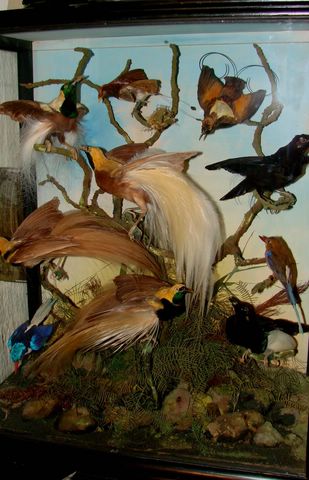
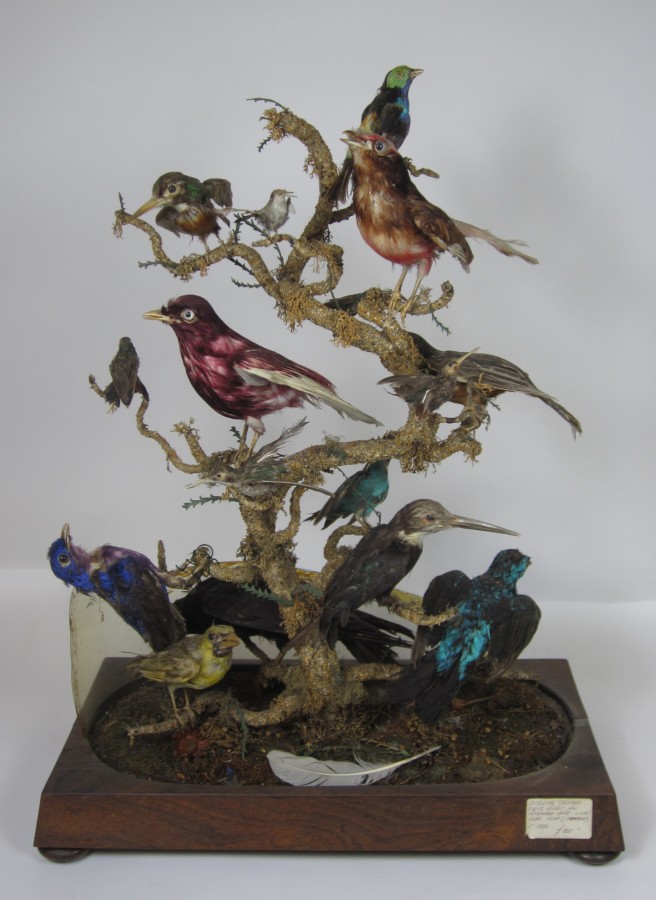
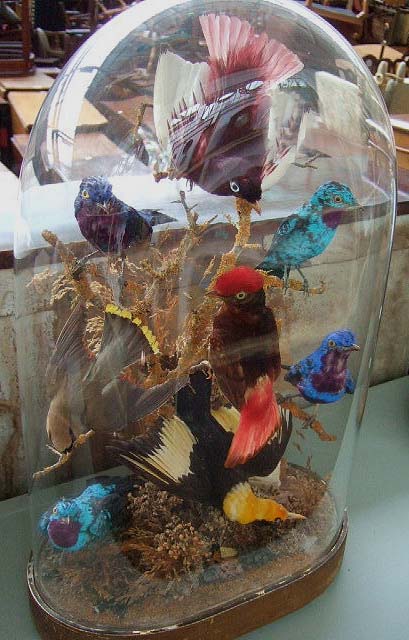
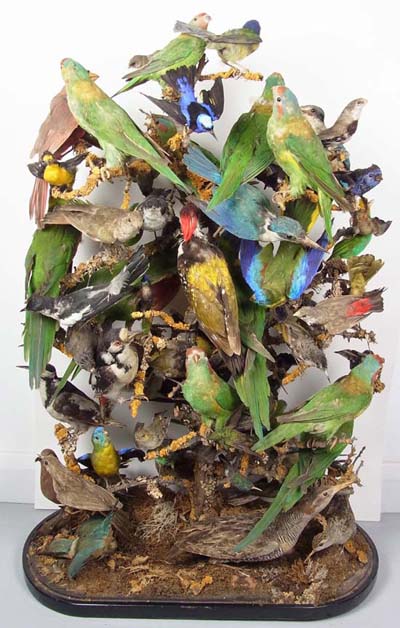
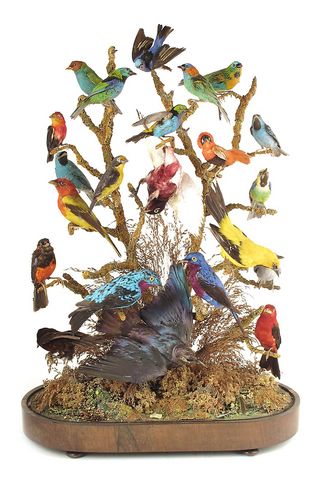
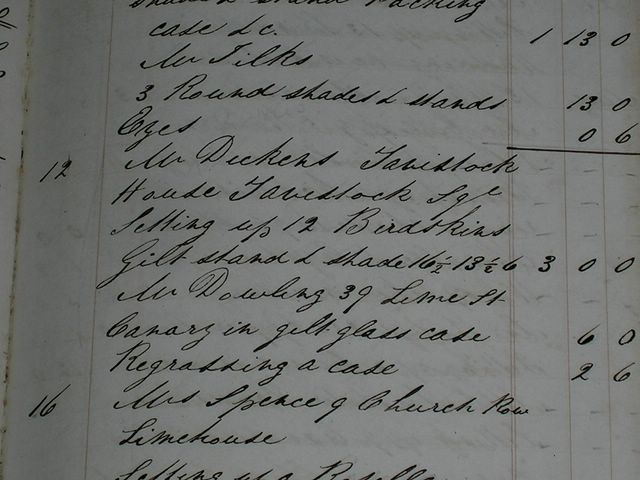
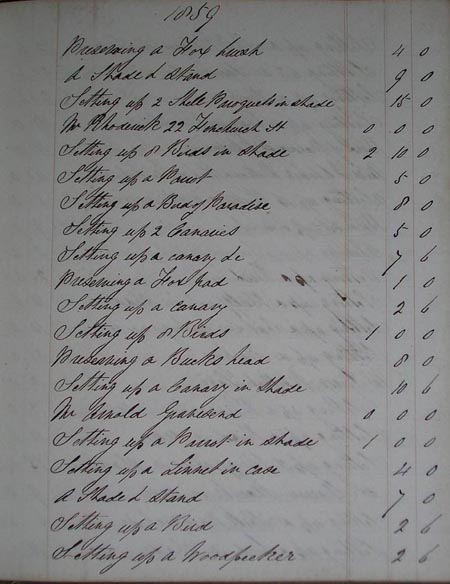
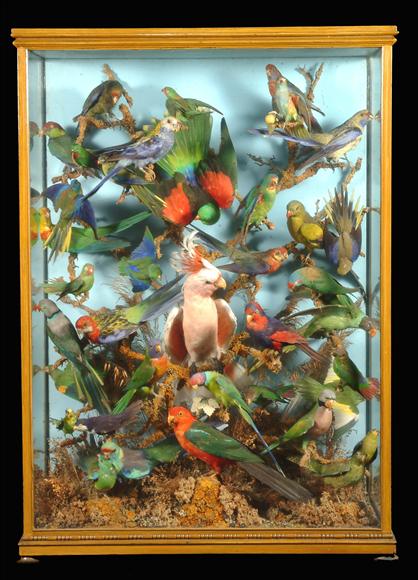
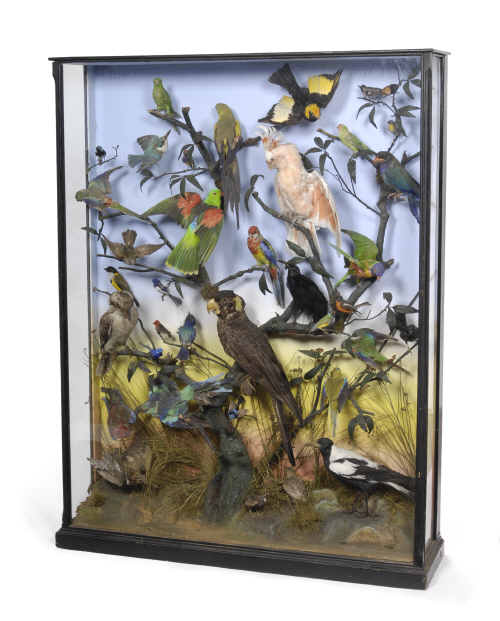
![hummers [640x480].jpg](hummers [640x480].jpg)
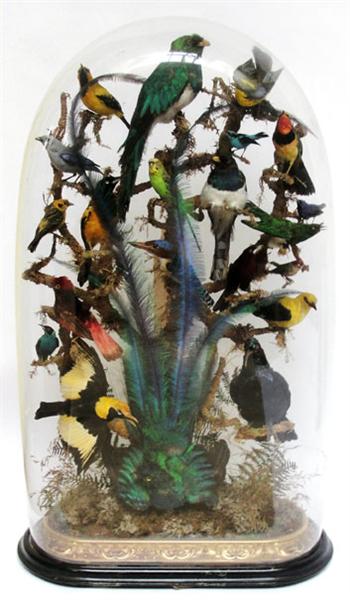
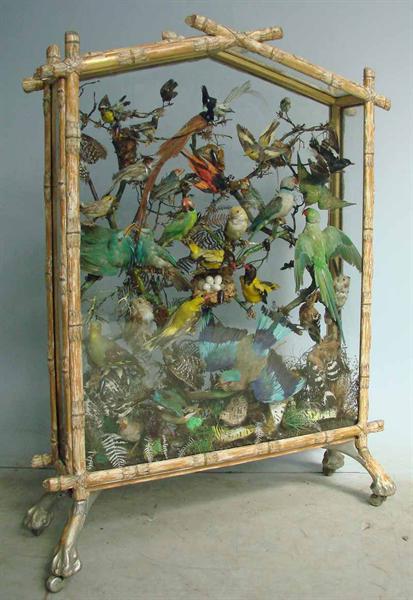
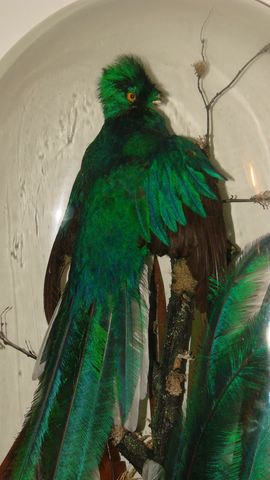
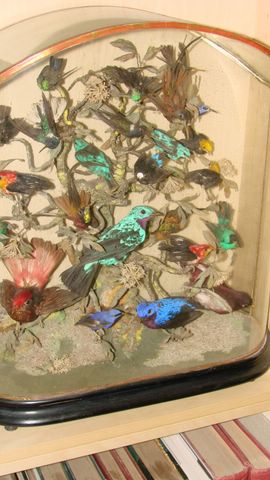
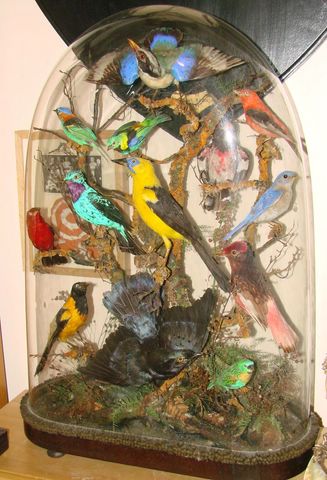
![rwefdsbop [640x480].jpg](rwefdsbop [640x480].jpg)
